
Vincent Wildlife Trust is working in partnership with Durrell Wildlife Conservation Trust and Wildwood Trust to investigate stakeholder perspectives on a wildcat reintroduction in Wales.

Photo: ©Mark Williams

Vincent Wildlife Trust has just published its Annual Report for 2023. This report gives an overview of the past year’s highlights, its projects, its partners and its audited financial statements.
Photo: Greater horseshoe bat with pup ©Daniel Hargreaves
Download
Plecotus kolombatovici Ðulić, 1980 was given full species status in 2008. However, it was still being combined with a sister species P. gaisleri until 2020, which caused confusion in determining its true distribution and status. Studies of the roosting and foraging of this species are very limited, and little has been reported on its echolocation calls.
In this paper, we review the history of the identification of this species, its current distributional data, and former studies of its roosting and foraging ecology. In addition, we present new data on roosting, foraging and echolocation of this species from the Croatian island of Lokrum, and discuss the status and conservation needs of P. kolombatovici more widely.
Key words: Chiroptera, Plecotus kolombatovici, ecology, echolocation, Lokrum island
Photo: Kolombatovici’s bat ©Daniel Hargreaves
Download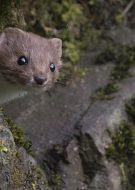
This report looks at how emerging non-invasive methods for monitoring the elusive weasel may help to more accurately assess populations and distribution across the world in order to develop management actions.
Photo: Weasel ©Robert Cruickshanks
Download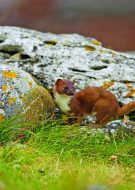
This newsletter highlights the work of 2023 and celebrates the achievements for mammal conservation in Britain, Ireland and further afield during this year.
Photo: Irish stoat ©Carrie Crowley
Download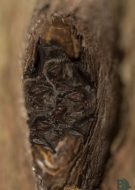
Locating colonies of rare bats can be a time consuming process, as it is often difficult to know where to focus survey effort. However, identifying peaks of bat activity via acoustic monitoring may provide insights into whether a colony is locally present, and help screen out sites with low potential. Using a triage approach, we developed a survey methodology for locating colonies of the woodland-specialist barbastelle bat (Barbastella barbastellus). We investigated whether woodland occupancy by a colony could be predicted by acoustic data, and assessed the influence of survey effort (number of acoustic detectors deployed) on detectability.
PeerJ11:e15951
Download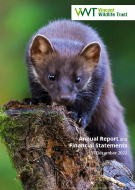
Vincent Wildlife Trust has just published its Annual Report for 2022. This report gives an overview of the past year’s highlights, its projects, its partners and its audited financial statements.
Photo: Pine marten ©Jason Hornblow
Download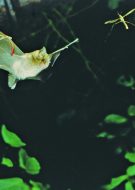
Horseshoe bats are the natural hosts of the Sarbecovirus subgenus that includes SARS-CoV and SARS-CoV-2. Despite the devastating impact of the COVID-19 pandemic, there is still little known about the underlying epidemiology and virology of sarbecoviruses in their natural hosts, leaving large gaps in our pandemic preparedness. Dr Samantha Bremner-Harrison, VWT’s Head of Conservation, has contributed to the research and this paper, which describes the results of PCR testing for sarbecoviruses in the two horseshoe bat species (Rhinolophus hipposideros and R. ferrumequinum) present in Great Britain, collected in 2021–22 during the peak of COVID-19 pandemic.
Photo: Lesser horseshoe bat (Rhinolophus hipposideros) ©Frank Greenaway
Download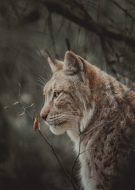
Conservation translocations, particular of large predators, are complex and challenging but are frequently used to tackle biodiversity decline. We used Q-Methodology to explore stakeholder perspectives on the reintroduction of Eurasian Lynx (Lynx lynx) to Scotland. We provide a foundation for future dialogue between stakeholders over the prospective reintroduction of the lynx to Scotland and recommend a stakeholder-focused participatory process as the next step. Our findings have wider relevance for wildlife reintroductions, species recovery and conservation conflicts elsewhere.
Photo: Eurasian lynx ©David Selbert
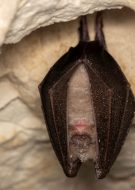
The greater horseshoe bat Rhinolophus ferrumequinum is a rare species in the UK that relies heavily on undisturbed stone buildings in which to breed. Barn owls Tyto alba are also a protected species that roost and raise their broods in similar places. This overlap in roosting requirements can lead to barn owls moving into buildings containing well-established greater horseshoe bat maternity colonies. This in turn could result in disturbance and abandonment of the building by the bats. Such an event occurred at one of the largest greater horseshoe bat roosts in the UK in 2018 when the colony deserted the roost after barn owls moved in. In this paper, we describe measures used to exclude the owls while retaining access for the bats, to encourage the colony to return.
Conservation Evidence, 20, 8 – 12 ISSN 1758-2067 8
Photo: Hibernating greater horseshoe bat ©Daniel Hargreaves
Download